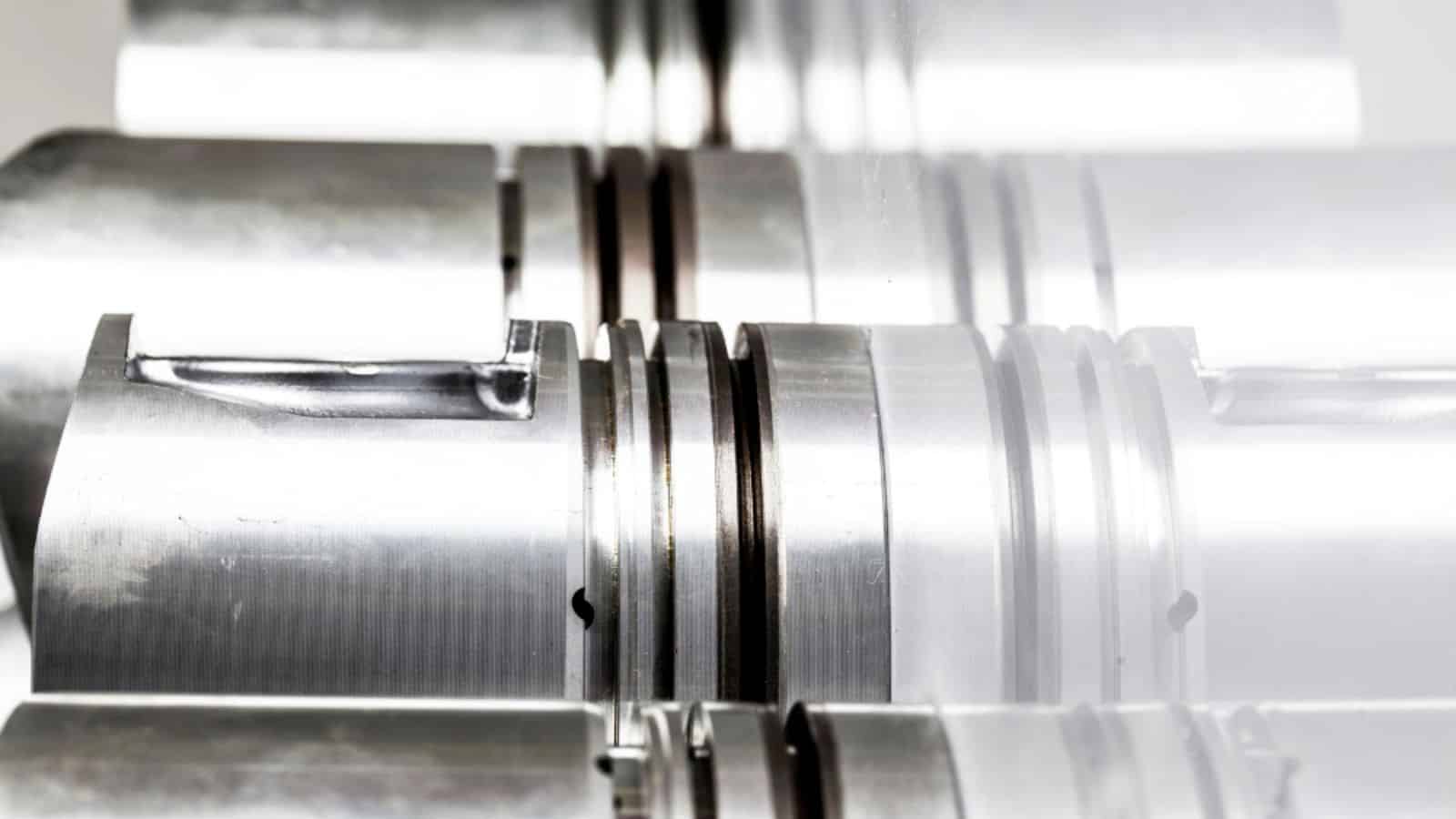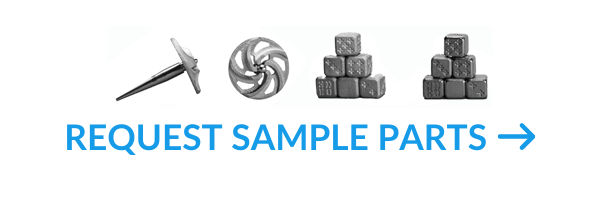The time has come for engineers, plant managers and automation systems integrators to face the facts. Additive manufacturing (AM) will not—nor was it ever expected to—pre-empt traditional production systems. The truth is that not every production job should be 3D printed. The question, therefore, becomes: When is AM the most cost-effective means for a manufacturing application, and when are traditional production technologies like injection molding and machining the optimum choice?
AM vs. Traditional Technologies
To answer these questions, engineers must look beyond AM’s strengths and determine where the technology best fits in the broader context of the manufacturing environment. Qualities like waste reduction, near-limitless customization, improved speed and reliability, hyper-local production and increased availability of replacement parts have opened a new range of applications, but consider other factors to ensure that AM is the right fit for the task at hand.



